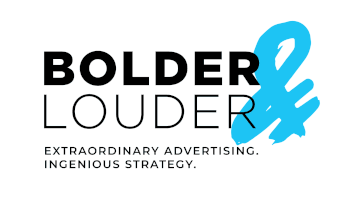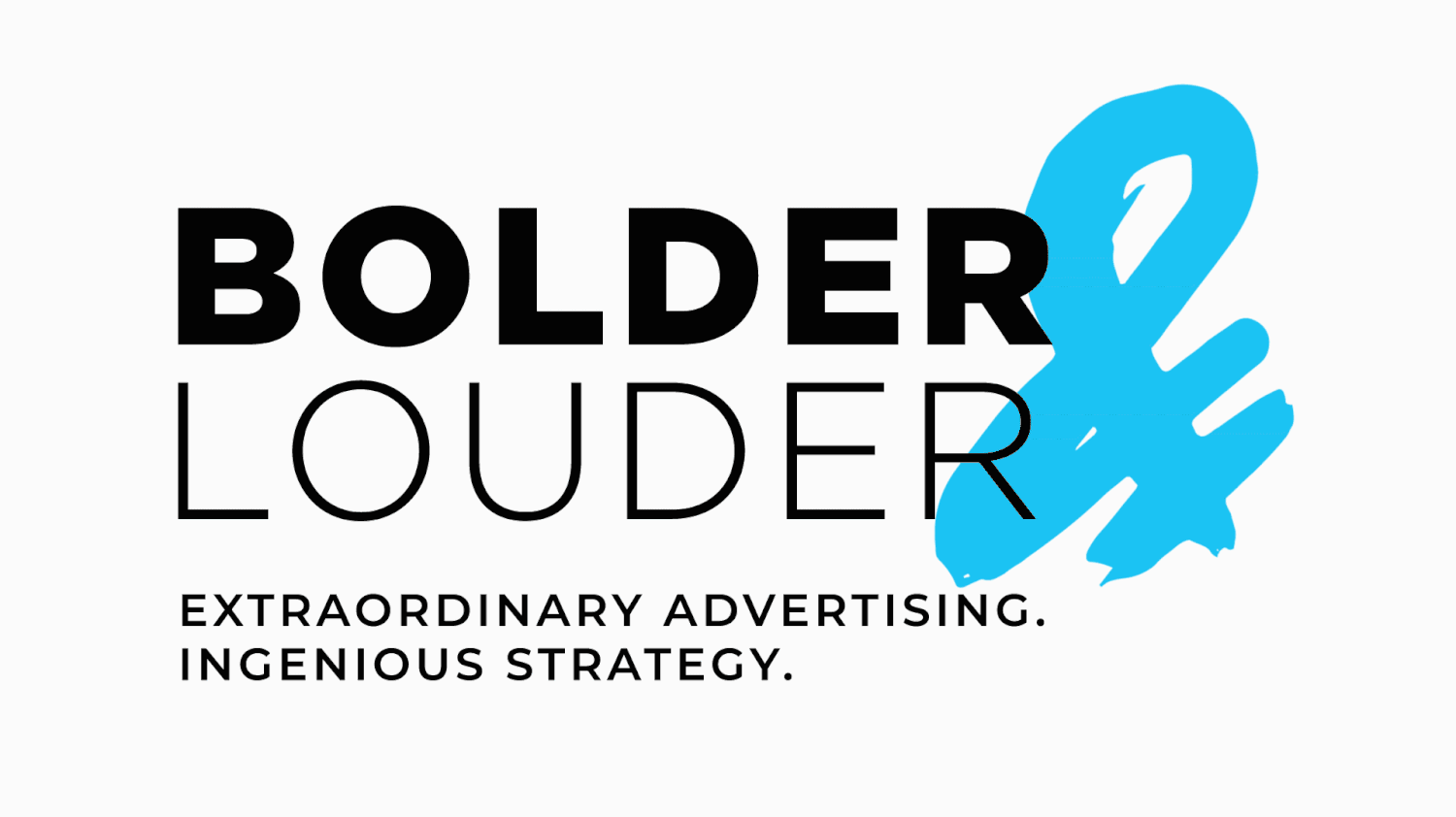Why a $50 Rolex Watch Is a REALLY Bad Idea
There's an ad in my online archives that has this headline:
Reassuringly expensive.
This headline could be used to advertise any high-end product – wine, a finely tailored suit, our marketing services.
Any number of things can be sold this way and should be because it is surprisingly common to have instances of sales increasing when the price is raised.
I'll give you an example.
In a price test for the book The Client Stampede, we increased the price from $9.97 to $14.97. Conventional wisdom says that raising a book's price above the $10 threshold will depress sales. But in fact, the higher price point increased the response rate by 12%.
Did the higher price cause prospects to think that the book is more valuable? The higher response rate with a 50% increase in price produced a 75% increase in revenue, a significant victory.
Key takeaway – higher prices don't necessarily mean fewer sales.
The tendency in tough times is to cut prices - but this can be very dangerous to your brand and to your net profits unless you know (by testing) that you can make up in volume what you're going to lose in margin.
The more intelligent question to ask is, who are your customers? Is your business strategy to increase your revenue by going after the price-sensitive customers at the bottom of the pyramid? Or is it to attract a higher caliber of customers who will willingly pay more as long as the value is there - towards the top of the pyramid?
Think about this pricing example.
Let’s say you saw an ad for a Rolex watch for $49.95. It is advertised as "nearly new, fully reconditioned and under warrantee by Rolex. Even if this offer was from a well-known jewelry store with a good reputation, most people would be highly skeptical. Most would ignore the ad, assuming it's a scam or the watch is a counterfeit. Some might warily click on the ad, waiting for the "bait and switch," but these would be few and far between. Even I would be hard-pressed to think of a "reason why" story to reassure people they were getting a real Rolex at that price.
So now add a zero to the ad, the Rolex is advertised at $499.95. What happens? Some who have likely heard of Rolex but never owned a real one, might click on the ad. But most people would still be repelled and think that the ad was a hoax.
Now, what happens if the ad states the price is from $1,499 to $5,999?
Many more people might click on the ad, hoping that the watch is available at the lower price point – providing a good reason can be given for offering it at such a large discount. It certainly sounds more believable when the price is presented in this manner.
The bottom line? It’s harder to sell a $400 Rolex than it is to sell a $4,000 one.
Remember the oft-quoted phrase, "if it sounds too good to be true, then it is?" Even the most discerning buyers can override this by using a combination of advanced advertising strategies and powerful branding, talking through extreme benefits and a "rooted-in-truth" backstory coupled with multiple assurances such as celebrity endorsement, inner circle referrals, a bold reverse-risk guarantee, a philanthropy link, etc. Each of these play a major role in making an ad believable. The "reason why" is a very important, yet overlooked component of any ad offering low prices, yet it's even more important when offering higher prices.
Any company can transition from offering low prices to being “reassuringly expensive” with a well-thought out strategic rebrand that includes key messaging to showcase the real value. Remember price can be reassuring, or it can raise skepticism and induce anxiety.
Choose your pricing strategy with caution.



